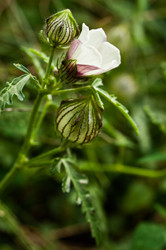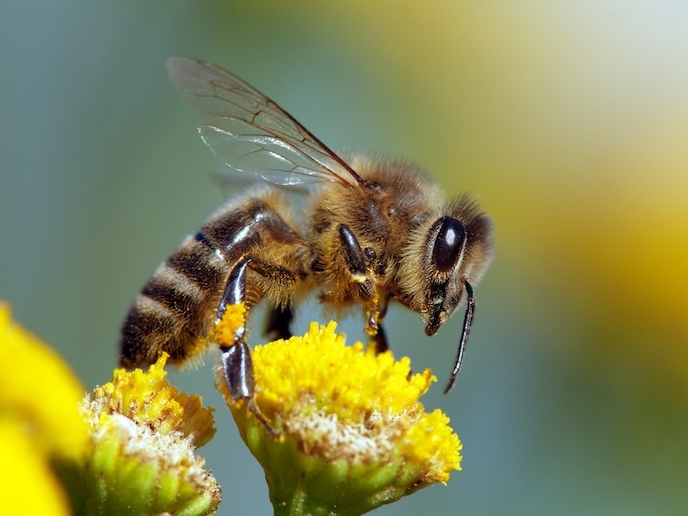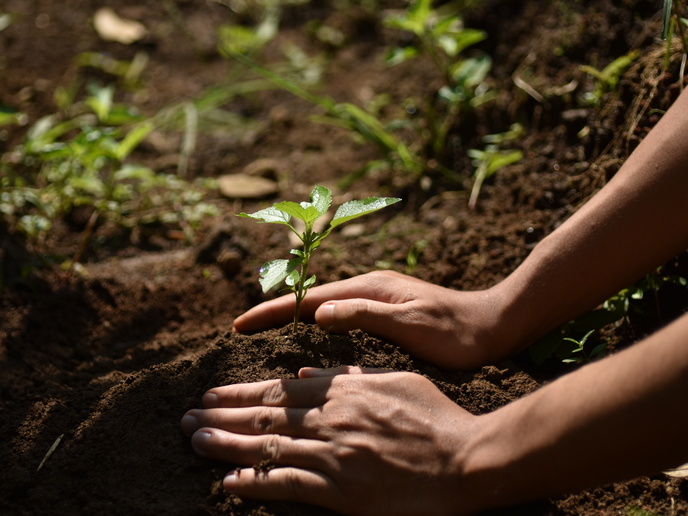Understanding iridescence in plants
In plants and animals, surface nanostructures can interact with light to produce colours that vary with the observation angle. Known as iridescence, this phenomenon can be observed in the flowers of many plant species and is thought to influence pollinators. Scientists know very little about the genetics and development of iridescence, in both plants and animals. To address this lack of knowledge, the EU funded the 'Molecular mechanisms of petal iridescence: How do structural colours arise in flowers?' (NANOPETALS) project. Researchers started by producing a model of nanostructure development in plants, in collaboration with mathematicians. The model proposed that nanoscopic patterns on the petal surface are created through the combined processes of cuticle production (the waxy coating of plant organs) and cell expansion. To test this model, NANOPETALS studied genes involved in these two processes in a new model plant, Hibiscus trionum. Results indicated that cell growth and cuticle production are central effectors of nanostructure formation but other parameters, such as cuticle polymerisation and wax composition, are also important to achieve a specific pattern. Lastly, a survey of living plant collections at several botanical gardens in the UK has revealed that iridescent species are present in all main groups of flowering plants. Thus, researchers postulate that petal iridescence has probably evolved more than once. This groundbreaking work on iridescence may lead to improved control of reproduction in crop plants, and improve our understanding of biological pattern formation in general.
Keywords
Iridescence, flowers, surface nanostructures, genetics, petal iridescence







